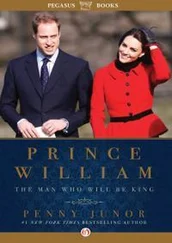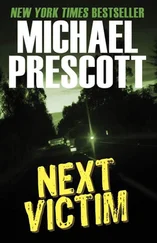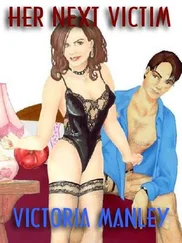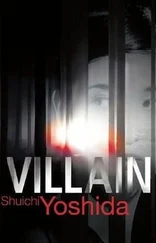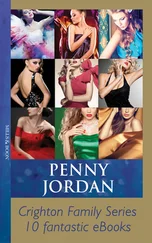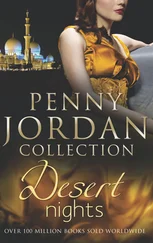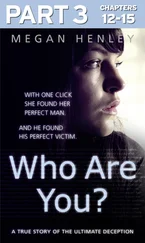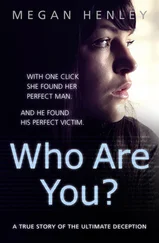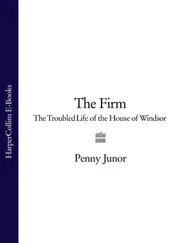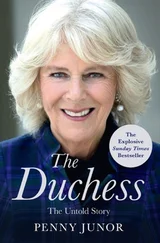To Jane
Cover
Title Page
Dedication
Introduction
1 Death of a Princess
2 A Nation Mourns
3 The Young Prince
4 The Discovery of Diana
5 The Fairytale Fiancée
6 The Honeymoon Period
7 A State of Mind
8 The Offices of a Prince
9 Marriage and the Media: After Morton
10 The Beginning of the End
11 Camillagate
12 Difficulties at Work
13 Organic Highgrove
14 The Prince’s People
15 ‘Mrs PB’
16 Visions of the Monarchy
17 Charles and Camilla
18 Victim or Villain?
Epilogue
Index
Acknowledgements
Keep Reading
About the Author
Also by the Author
Copyright
About the Publisher
Opinion polls suggest that the reputation of the Prince of Wales is beginning to recover after the emotional turmoil of Diana’s death in August 1997. It had not been good before she died, largely because of his relationship with Camilla Parker Bowles, but in the days that followed the fatal crash it plumbed new depths, as the nation’s anger at the loss of the Princess it loved so dearly turned on the monarchy and, more particularly, the heir to the throne. When Diana’s brother, Charles Spencer, gave his address at her funeral, and said that he would rescue her sons from the clutches of the Royal Family, the nation cheered – literally – as his voice was relayed to those inside and outside Westminster Abbey.
The Prince’s new-found popularity is no doubt gratifying, and has much to do with the way he has been seen to care for his children in the wake of their mother’s death. A significant percentage of the population would even sanction his marriage to Camilla Parker Bowles. However, a popular misconception undermines this growing acceptance: the belief that the Prince always loved Camilla and made no attempt during his years of marriage to Diana to shut his mistress out of his life.
Few would deny that it takes two to make a marriage, and two to break it. Yet millions of people the world over have been led to believe that the Prince of Wales destroyed his marriage, alone and unaided, because of his obsession with Mrs Parker Bowles. In 1992, Andrew Morton told Diana’s story – one side of the story – in a book that brought about the end of the ‘fairytale’ marriage. Diana – Her True Story , which was reissued after Diana’s death and renamed In Her Own Words , gave a picture of Charles and Diana’s life together and the part his mistress had to play in it, which is not quite what those who knew both Charles and Diana best remember.
So far, no one has attempted to tell the complete story. While Diana was alive the Prince would never allow it because he didn’t want to hurt either her or their children. In all their years together and apart, and despite intense provocation, he never spoke ill of her in any way. Now that she is dead Charles is even more determined that he will not defend himself and that history alone shall be his judge. If that means waiting until he is long dead, so be it. He has no qualms about meeting his maker. The evidence to support what really happened – letters, diaries, tapes, medical records, which explain the true nature of the relationship – is under lock and key at the Royal Family Archive at Windsor. One day in the future, when they are released, the whole truth will be told.
In the meantime, a number of his family and friends feel he has suffered enough and believe there should be some attempt to correct at least some of the misconceptions.
Diana said some terrible things about Charles, which she later regretted quite bitterly. Not, however, before millions of people were led to believe that she was taken ‘like a lamb to the slaughter’ into a loveless union, in order to produce an heir for a man who had no intention of honouring his marriage vows. On the strength of Diana’s words, there are many who believe that he carried on an affair with his mistress throughout his marriage, even sleeping with her the night before his wedding and resuming their affair immediately after the honeymoon. They believe Charles was a cold and insensitive husband and a cold and insensitive father, who only now, after Diana’s death, is beginning to show a little affection for his children. Some people even blame Charles for Diana’s death. And, because Diana said so on prime time television, in an interview for ‘Panorama’ in 1995, many believe he is not fit to be king.
It is hard to imagine Prince Charles’s emotions as he walked behind Diana’s cortège that September morning, their sons by his side, bravely fighting back their tears. Never had there been such public outpourings of love and grief for someone so few had ever met. The world had loved her, admired her, worshipped her. He had rejected her, divorced her. Why?
Charles: Victim or Villain? tries to explain what really happened in that marriage; to give a more objective view than Diana’s, and reveal more clearly than ever before the part Camilla Parker Bowles played in it. Not for the sake of the Prince of Wales – who, like Diana, is not entirely blameless – but for the sake of the millions of people who have lived through this royal soap opera and have never had an alternative account of what happened on which to form a judgement for themselves. At the moment there is only Diana’s account, which is flawed and inevitably partial, as even her friends will admit in private.
It is an attempt to describe why Charles married Diana, what life was like for them both, and what went so badly wrong that she felt compelled to tell the world and take very public revenge on her husband. What possessed Charles to confess his infidelity on camera – as he did to Jonathan Dimbleby in a two-and-a-half-hour documentary about his life in June 1994 – and how did he feel when he faced the public after the embarrassment of the Camillagate tapes that exposed his late-night ramblings on the telephone to his mistress?
The two young princes, William and Harry, have lived through it all – the embarrassment, the affairs, the divorce and, finally, the traumatic death of their mother. How are they faring as a family today? What do they think of Mrs Parker Bowles? What is the future likely to hold for them all?
This is a portrait of the Prince of Wales at fifty. A very private man, with a public role, in an intrusive media world. A single parent and future king, a man emotionally handcuffed by his upbringing and damaged by the failure of his marriage. He is a man who inspires great love and loyalty, but a man of contradictions. He can be the greatest company or the most sombre; the kindest, most considerate of human beings or the most selfish. He has warmth and charisma, and a wicked sense of fun but, when he doesn’t get what he wants, a fearsome temper that in fifty years he has never learnt to control. He is a man who cares about the disadvantaged, and the sick and dying, no less than the planet we pass on to future generations and the English we teach our children. A man who is cocooned from the real world, who has butlers and valets, helicopters and fast cars, yet who has seen more deprivation and who understands despair better than most politicians. A man whose life has been given over to duty to the institution he was born into, and who longs to modernise it, but who is thwarted by the very people his wife called ‘the enemy’ – the courtiers who rule royal life – and who must wait for the death of the mother he loves before he can begin his task. He is a man who cares above all else – even above his own happiness – for the future wellbeing of his sons. While they are children he can protect them, but he knows that as they come of age he will be powerless to stop the intrusion, the criticism and pressure that very nearly destroyed him.
Читать дальше


